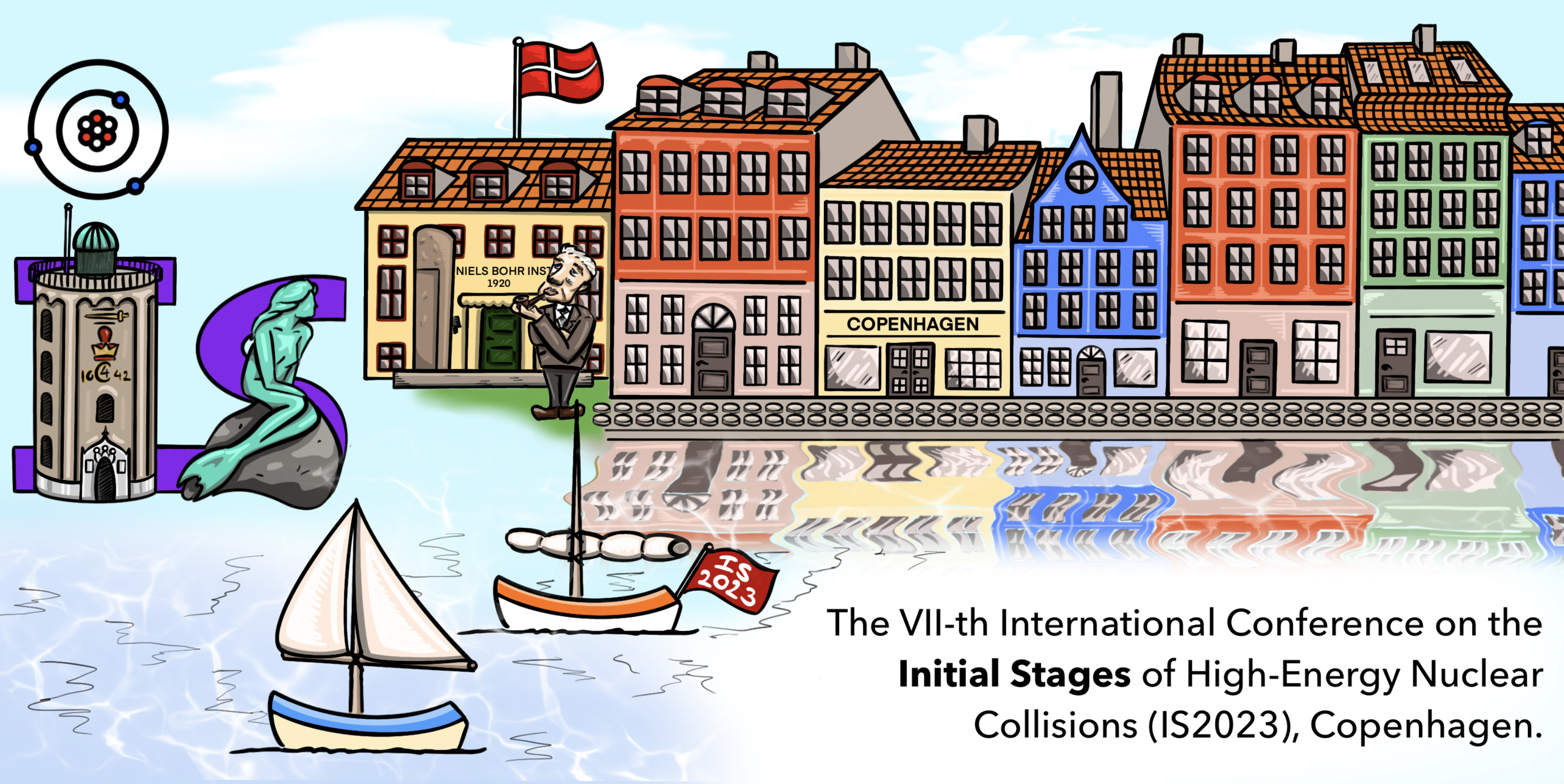Speaker
Description
Proton-lead collisions at LHC energies offer unique possibilities to investigate the nuclear modifications of parton distribution functions (PDF) over a wide kinematic range. In this talk, we will present measurements of the dijet per-event yields at center-of-mass energy 8.16 TeV in $p$+Pb collisions. The per-event yields of unfolded dijet pairs will be presented in terms of kinematic variables that allow for full characterization of the partonic scattering system, i.e. the average $p_{\mathrm{T}}$ of the dijet, $p_{\mathrm{T,Avg}} = (p_{\mathrm{T,1}} + p_{\mathrm{T,2}})/2$, the boost of the dijet system, $y^{b} = (y^{\mathrm{CM}}_{1} + y^{\mathrm{CN}}_{2})/2$, and the half rapidity separation between the jets, $y^{\ast} = |y^{\mathrm{CM}}_{1} - y^{\mathrm{CM}}_{2}|/2$. Initial state effects are investigated by constructing central-to-peripheral ratios of dijet yields, $R_{\mathrm{CP}}$. We present $R_\mathrm{CP}$ results comparing central (0-20\%) collisions with peripheral (60-90\%) ones rescaled by the nuclear thickness function $T_{AB}$, in order to equalize the two based on pure geometrical expectations. The $R_\mathrm{CP}$ shows a clear dependence on the Bjorken-$x$ of the parton extracted from the proton in the hard-scattering, $x_\mathrm{p}$, while no clear trend is observed while displaying the results as a function $x_\mathrm{Pb}$. These results will help in understanding the implications introduced by the initial state kinematics in $p$+Pb collisions, as well as provide input to better understand the gluon structure of the nucleon.
| What kind of work does this abstract pertain to? | Experimental |
|---|---|
| Which experiment is this abstract related to? | ATLAS |
